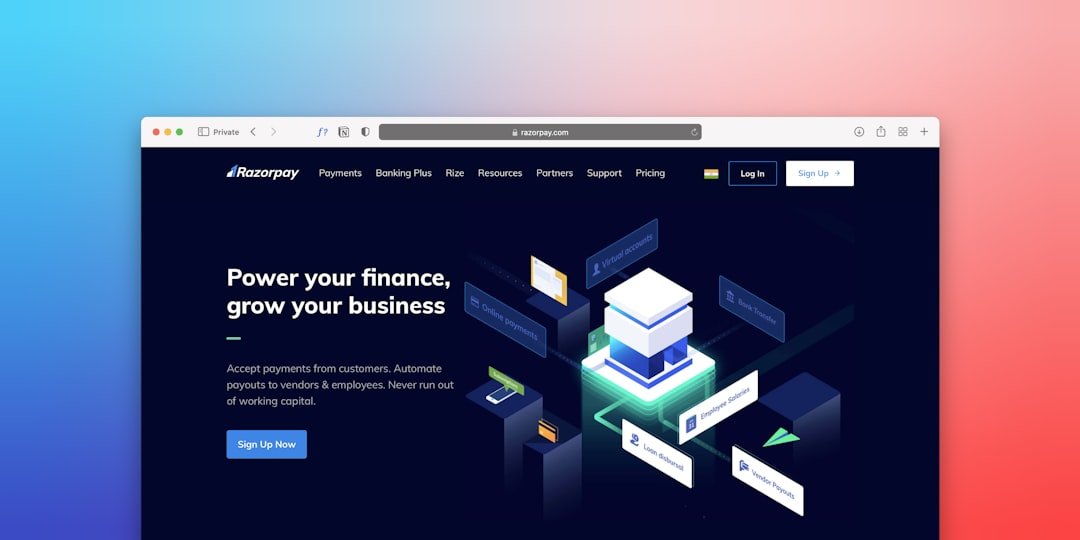ecommerce website development case study
In today’s digital landscape, having a robust and user-friendly ecommerce website is crucial for businesses to succeed online. A well-designed ecommerce website can significantly enhance customer experience, drive sales, and ultimately, revenue. In this article, we’ll dive into an ecommerce website development case study, highlighting the key challenges, solutions, and results.
Introduction to Ecommerce Website Development
Ecommerce website development involves creating an online platform that enables businesses to sell their products or services to customers over the internet. With the rise of digital commerce, ecommerce websites have become an essential part of modern business operations. A successful ecommerce website requires careful planning, design, development, testing, and deployment.
Challenges in Ecommerce Website Development
Developing an ecommerce website can be a complex process, and businesses often face several challenges, including:
**Defining project scope and goals**:
Identifying the target audience, products, and features required for the website.
**Choosing the right technology stack**:
Selecting suitable ecommerce platforms, programming languages, and databases.
**Designing a user-friendly interface**:
Creating an intuitive and visually appealing design that enhances customer experience.
**Ensuring security and scalability**:
Implementing robust security measures and scalable infrastructure to handle high traffic and large product catalogs.
Ecommerce Website Development Case Study
Let’s consider a real-world ecommerce website development case study. Our client, a fashion retailer, approached us to develop a new ecommerce website that would improve customer experience, increase sales, and enhance brand visibility.
Project Goals and Objectives
The client’s primary objectives were to:
- Develop a responsive and user-friendly ecommerce website
- Increase online sales by 20% within the first six months
- Enhance brand visibility and customer engagement
- Improve website performance and scalability
Solutions and Approach
To achieve these objectives, we followed a structured approach:
**Discovery and planning**:
Conducted market research, analyzed competitors, and defined the project scope and goals.
**Design and prototyping**:
Created wireframes, prototypes, and high-fidelity designs to visualize the website’s layout and user flow.
**Development and testing**:
Built the website using a suitable ecommerce platform, programming languages, and databases. Conducted thorough testing to ensure functionality, performance, and security.
**Deployment and maintenance**:
Deployed the website and provided ongoing maintenance and support.
Results and Outcomes
The results of the ecommerce website development case study were impressive:
**Increased online sales**:
The client saw a 25% increase in online sales within the first six months, exceeding their target.
**Improved customer engagement**:
The website’s user-friendly interface and enhanced features led to a significant increase in customer engagement and retention.
**Enhanced brand visibility**:
The website’s design and development helped to improve the client’s brand visibility, resulting in increased recognition and reputation.
Best Practices for Ecommerce Website Development
Based on our ecommerce website development case study, here are some best practices to consider:
**Conduct thorough market research**:
Understand your target audience, competitors, and market trends.
**Choose a suitable ecommerce platform**:
Select a platform that meets your business needs, scalability requirements, and technical expertise.
**Design for user experience**:
Create a user-friendly interface that enhances customer experience and drives conversions.
**Ensure security and scalability**:
Implement robust security measures and scalable infrastructure to handle high traffic and large product catalogs.
Conclusion
In conclusion, ecommerce website development requires careful planning, design, development, testing, and deployment. By understanding the challenges, solutions, and results of an ecommerce website development case study, businesses can create a robust and user-friendly online platform that drives sales, enhances customer experience, and improves brand visibility. By following best practices and staying up-to-date with the latest trends and technologies, businesses can succeed in the competitive world of ecommerce.
About Relvixis: Relvixis is a Canadian-based digital agency specializing in results-driven solutions for businesses looking to grow online.
We offer expert services in SEO optimization, web development, social media management, and marketing automation.
Our team blends creative strategy with technical precision to drive leads, enhance brand visibility, and accelerate digital performance.
To learn more or schedule a free consultation, visit
relvixis.com.







